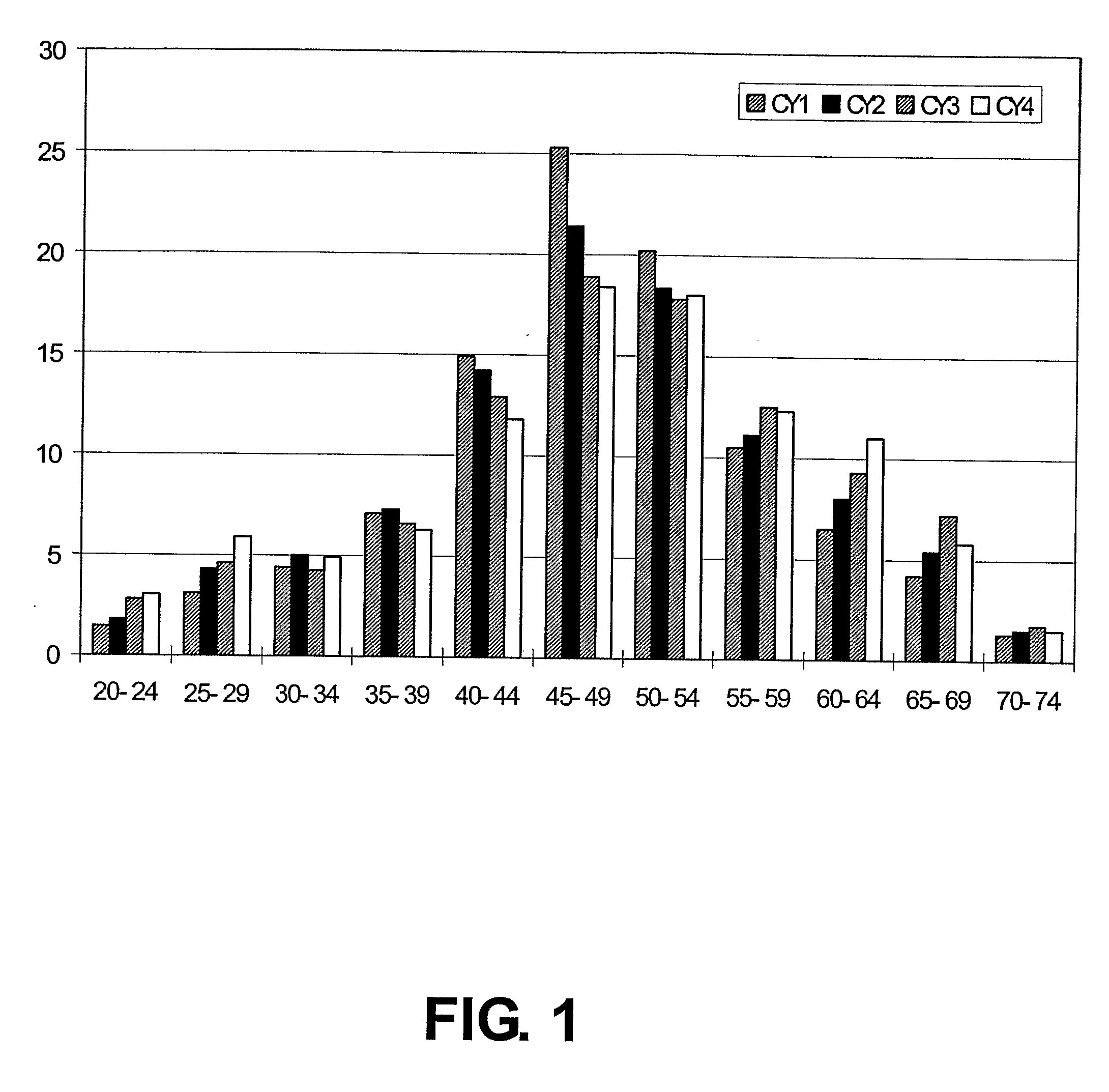Sinapic Acid Supplementation
a technology of sinapic acid and supplementation, applied in the field of dietary supplements, can solve the problems of low palatability, reduce the feed intake and performance of growing animals, etc., and achieve the effects of improving production, improving health benefits, and increasing the benefit of an animal
- Summary
- Abstract
- Description
- Claims
- Application Information
AI Technical Summary
Benefits of technology
Problems solved by technology
Method used
Image
Examples
example 1
Nutritional, Physiological and Metabolic Effects of Dietary Sinapic Acid Supplementation in Broiler Chickens
[0054]Experiments were undertaken to determine the effect of sinapic acid supplementation of the diet of broiler chickens on such parameters as performance, nutrient digestibility, and toxicity.
[0055]Materials and Methods. Four treatments were based on a corn-soybean meal diet with or without graded levels of dietary sinapic acid (0, 0.025, 0.05, and 0.10%). Male broiler chicks (Peterson X Hubbard) were randomly assigned into replication groups containing six birds each, and four replications were used for each treatment.
[0056]Bird management. Broilers were housed in battery brooders. Temperature was maintained in accordance with standard brooding management and light was provided for 23 h and 16 h from 0 to 5 and 5 to 18 d of age, respectively. Feed, in mash form, and water were provided ad libitum. Sinapic acid was purchased from Sigma™ Chemical Co. (P.O. Box 14508 St. Louis...
example 2
Sinapic Acid Supplementation in Broiler Chickens (0.05-0.20% Levels)
[0069]Eighty day-old commercial broiler cockerel chicks (Peterson X Hubbard) were fed five diets based on corn-soybean meal with one diet free of sinapic acid as the control, and another four diets containing graded levels of sinapic acid (0.05, 0.10, 0.15 and 0.20%) which were equivalent to the sinapic acid profiles of the sinapine moiety in diets containing 7.5, 15.0, 22.5, and 30.0% rapeseed meal. Sinapic acid was purchased from Sigma Chemical Co. (P.O. Box 14508 St. Louis, Mo. 63178 USA). Bird management and diet composition were as described in Example 1.
[0070]Volatile Fatty Acid (VFA) Measurement. The status of bacterial populations in the ileum and ceca of experimental birds was assessed by examining VFA production. The birds were killed by lethal injection with T-61™(Euthanasia solution) and the ileal and cecal digesta of three birds within each replication were collected in a well-sealed plastic centrifuge ...
example 3
Sinapic Acid Supplementation in Broiler Chickens (0.025-0.10% Levels): Effects on VFA Production and Microbial Community
[0078]Broiler chickens were fed a corn-soybean meal based diet either unsupplemented or supplemented with sinapic acid at a level of 0.025%, 0.05% or 0.1%. After the supplementation period, microbial analysis was conducted. This Example was designed to confirm the results of Example 2, to assess effects on microbial community, and to repeat the VFA measurement by increasing the chick numbers within the replication.
[0079]Ninety-six (120 day-old) male broiler chicks (Peterson X Hubbard) were randomly assigned to four treatments, with six birds in each replication and four replications for each treatment. A corn-soybean based diet served as a control, while another three diets were supplemented with graded levels of sinapic acid (0.025, 0.05 and 0.10%). Bird management was as previously described in Example 1. Volatile fatty acid measurement was conducted as described...
PUM
| Property | Measurement | Unit |
|---|---|---|
| Fraction | aaaaa | aaaaa |
| Fraction | aaaaa | aaaaa |
| Fraction | aaaaa | aaaaa |
Abstract
Description
Claims
Application Information
 Login to View More
Login to View More - R&D
- Intellectual Property
- Life Sciences
- Materials
- Tech Scout
- Unparalleled Data Quality
- Higher Quality Content
- 60% Fewer Hallucinations
Browse by: Latest US Patents, China's latest patents, Technical Efficacy Thesaurus, Application Domain, Technology Topic, Popular Technical Reports.
© 2025 PatSnap. All rights reserved.Legal|Privacy policy|Modern Slavery Act Transparency Statement|Sitemap|About US| Contact US: help@patsnap.com

